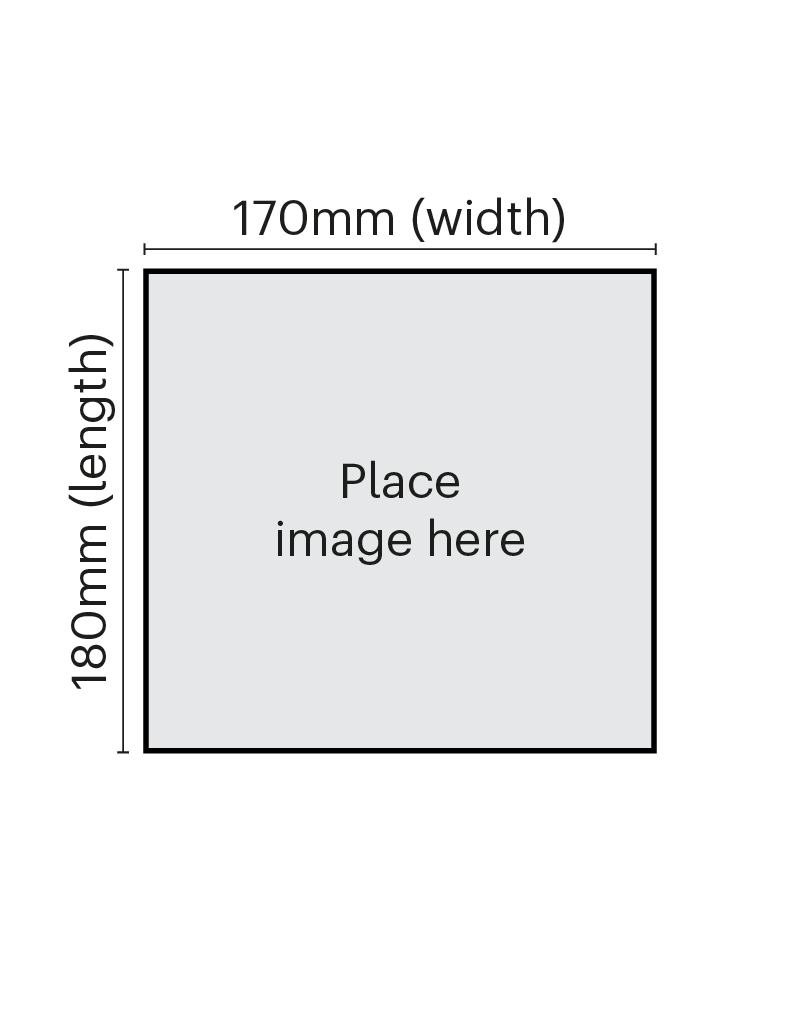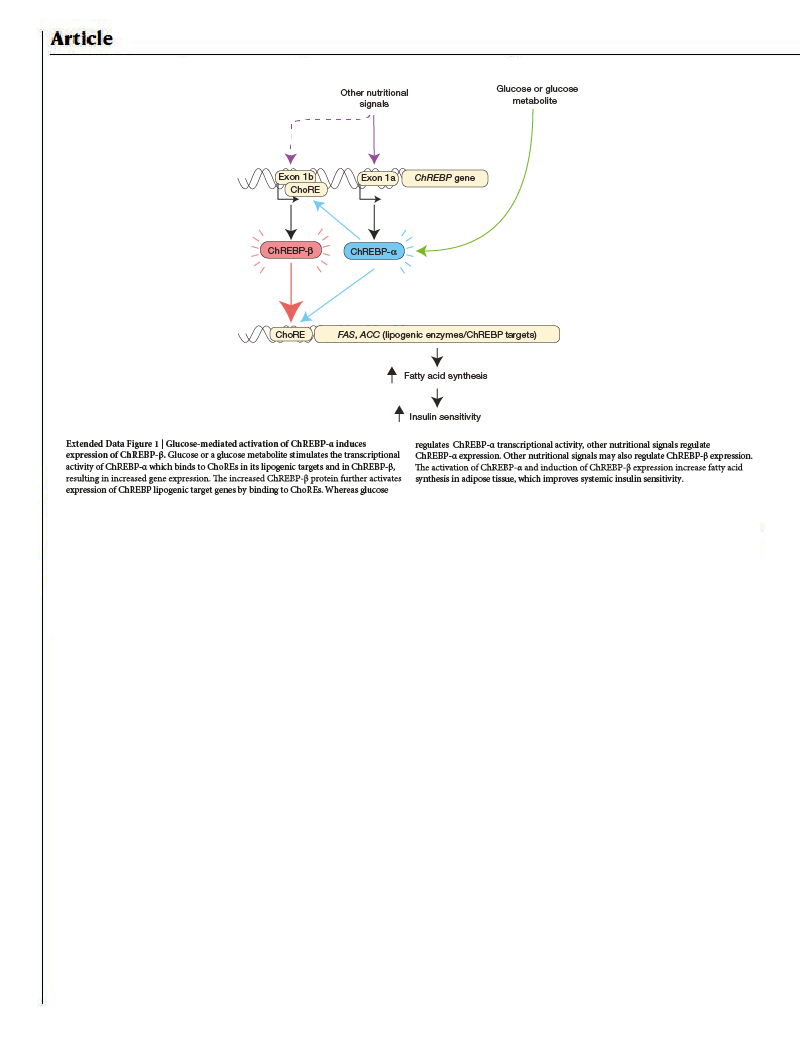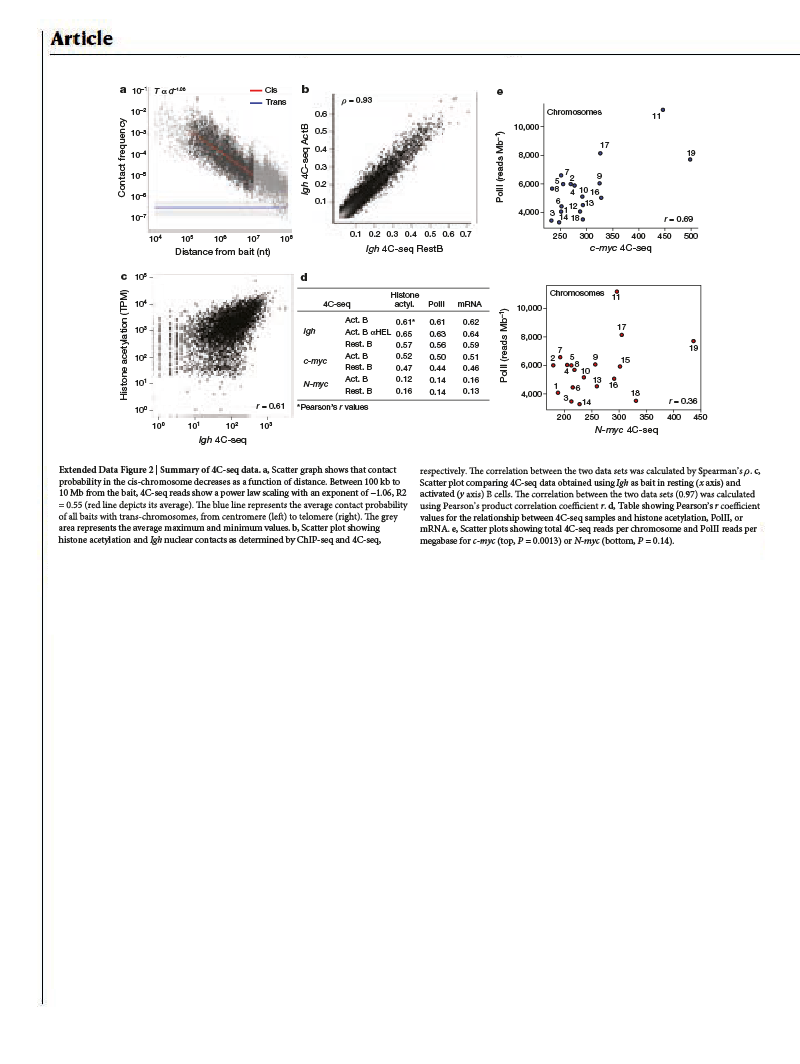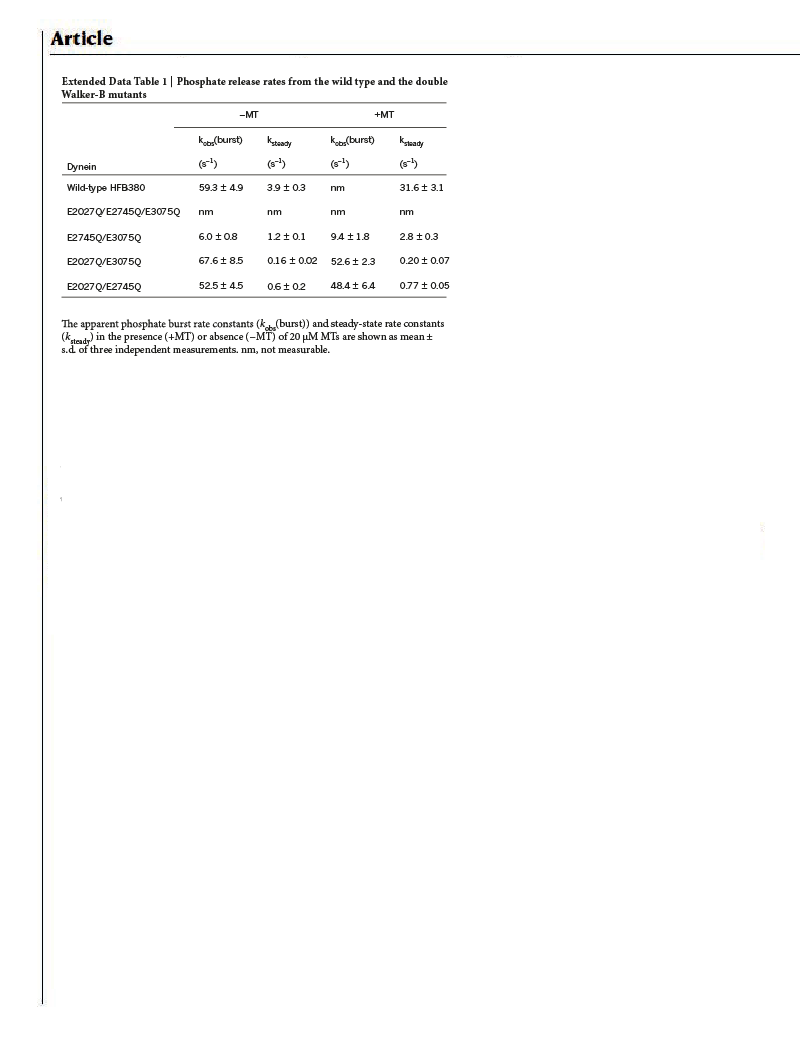Extended data formatting guidelines
Table of contents
Nature allows authors to supply up to a maximum of 10 Extended Data display items (figures and tables), which do not appear in the printed version of the paper, but are included online within the full-text HTML and at the end of the online PDF.
Authors may combine their Extended Data figures into multi-panelled figure providing they meet the size rules. Tabulated data can either be integrated into an Extended Data figure as a separate panel or be formatted as a separate display item.
Extended Data figures and tables are cited in the text in the same way as the main figures and edited or styled by our art department; for this reason, authors are requested to follow Nature’s style guide as closely as possible.
Please refer to our guides on image specifications, text and table formatting for more information.
Figure sizing & positioning
Maximum page dimensions are 180 mm wide by 170 mm tall (170 mm to fit a legend underneath).
Try to position the figure in the centre of each page.
Figures should be sized so that they fit to a single page (preferably leaving enough room for the legend to be set below, across two columns). However, in exceptional circumstances (for example if sizing to keep the image and legend to one page results in an illegible figure) the legend can be a second page. Supplying figures at greater dimensions will result in larger files that we may not be able to use.
Please see our guide to panel arrangement for more information.

Avoid: Multiple figures placed on a page. 
Recommended: Each figure is placed on the centre of a new page.
Line weights
Lines and strokes should be set between 0.25 and 1 pt.
Table formatting
Add a horizontal rule above and below column headings and at the bottom of the table.
Tables can be set at one-column (89 mm) or two column (180 mm) width.
Use spaces rather than rules to separate blocks of data, but horizontal rules can be used to improve clarity in certain cases.
Colour should be avoided unless scientifically necessary.
Tables should not exceed a single page (leaving enough room for any footnotes).

File formats
In order to upload to the web, files must be rasterized or flattened.
Export and save each individual file in JPEG, TIFF or EPS format (please note that other file formats are not acceptable for Extended Data files).
Files must be as small as possible for clear visibility and must not exceed 10 Mb.
Examples

Text should be maximum of 7 pt, minimum of 5 pt sans serif. Our line range is between 0.25 pt and 1 pt. 
Keep white space to a minimum and ensure the panels are nicely aligned. 
Add a horizontal rule above and below table column headings; colour should be avoided if possible.